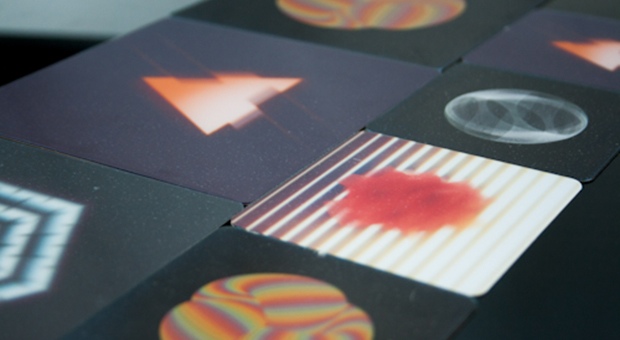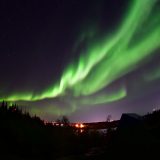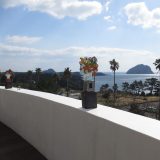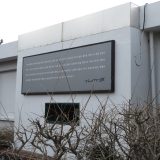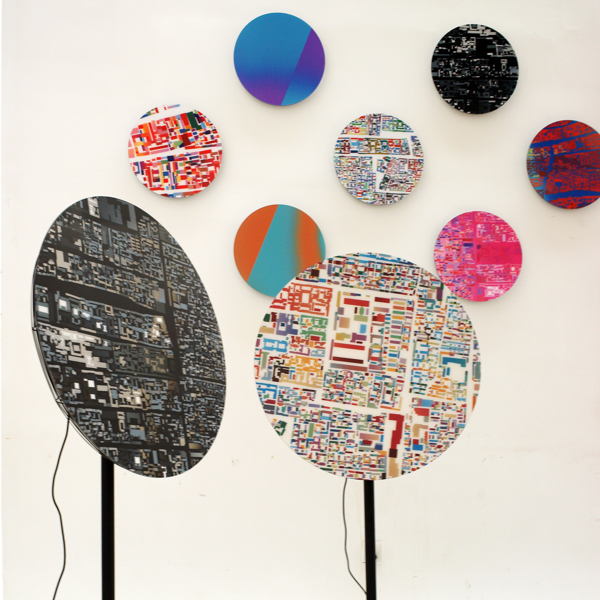midwestlenticular site
http://www.midwestlenticular.com/
LENTICULAR CHECKLIST
Knowing both the potential and limitations of lenticular printing early on is helpful in getting the most out of the process. Many projects have factors that present unique design considerations and we encourage all new clients to discuss the particulars of their project as early as possible. The following guidelines are a useful starting point.
RESOLUTION
150 DPI. Source images can be surprisingly low resolution and still produce high quality output. This is because lenticular prints are made from many individual images and its the combined pixel dimensions that count. For medium size images (16×20) 150 DPI is a good target and large images can be produced with as little as 100 DPI. Files saved at high resolutions do not improve the quality of the final print and slow down transfer times.
COLOR MODE
RGB, 24 bits (8 bits per channel). This is Photoshop’s default color space. Higher bit images do not improve lenticular print quality and create unnecessarily large images.
FILE FORMAT
We can work with virtually any file format but prefer JPEGS saved at the highest quality settings. This creates images that are excellent quality – and portable. When TIFF files are preferred they should be compressed using LZW compression. Layered PSD files should be saved with numbered layer names with the lowest number at the bottom of the stack. In all cases alpha channels should be removed before saving.
SIZE
The largest size for a single tile print is 40″ wide and 45″ tall. The smallest print size is 12″x12″. All images in a sequence should have the same pixel dimensions. Allow for a 1/8″ tolerance on final trimmed work.
SEQUENCE
Images prepared for interlacing should be in the order you want them to be revealed in the lenticular. Flip images should be numbered from low to high in the order you would like them to appear as a viewer passes from left to right. 3D images should be numbered from low to high as the camera (real or virtual) passes before the object from left to right.
VIEWING DISTANCE
All lenticular prints are created to work best at a particular viewing distance. Artwork intended for wall hanging is typically pitched for a distance of 6-9 feet. Handheld lenticular prints are pitched for a viewing distance of 1-3 feet. The size of the print usually determines where this point is set and is factored into our calculations, but this a variable that can be adjusted.
LENS MATERIAL
Lenticular sheets have three qualities that stand out from the rest: resolution (measured in Lines Per Inch or LPI), thickness and viewing angle. Artists can target the technical qualities of these lenses in their design or appropriate choices can be made at the time of printing. The factors most worth considering are the lens’ capacity for parallax in the case of 3D and the lens’ viewing angle in the case of flip images. Please contact us for details on the technical specifications of our lens products.
3D
The guidelines for 3D are somewhat fixed by best practices. In general it is advisable to create the biggest image count appropriate for the LPI of the lens being used – at the highest reasonable parallax. Often a 3D lenticular sequence of 36 images will be the best choice, providing smooth transitions between frames and lots of “look around.” 36 is a number that works well with our process, as does 18 which can easily be taken from a sequence of 36 sequentially or by alternating every other image. Parallax is dependant on the lens being used but can be quite large, up to 3 inches in some cases. See our tutorial on photographing for lenticular printing.
FLIP
When designing flip images or animations, multiple factors should be considered. Things like contrast, color, the number of images, lens material and the expectations of the artist all play a role in the effectiveness of the final print. Finding the right balance sometimes involves a tradeoff, like reducing the number of frames for the purpose of clarity.
IMAGE COUNT
Some of the most effective lenticular prints are two image flips. There are few complications with two-flip lenticulars, the effect is usually crisp and predictable. Higher image counts can be used for flips and animations as well, up to 18 frames, but the effectiveness depends heavily on the kind of imagery used. At very high image counts, like 36 images, individual frames are no longer discernable and the print does not appear to change at all. It is usually recommend that the most animation be done with the least number of frames, though again this depends on the intention of the artist and factors that don’t lend to easy generalization. If only as a starting point for experimentation 2-5 frames should be considered a reasonable number of flips for most projects.
GHOSTING
The condition where images bleed from one frame to another is called ghosting. Many people prefer to minimize ghosting although some see it as a creative variable and use it accordingly. The three things that increase the appearance of ghosting are high numbers of frames, images with high contrast and solid flat areas of color. It is therefore advisable for those who wish to reduce its presence use few frames of medium contrast, patterned images.

